National symbols: A status check
India adopted a clutch of national symbols—which best represented different aspects of its identity—when it became a republic in 1950. Over the decades, it adopted some more, mostly to help conserve them. We take a look at their past, and their present

Image by : CHAITANYA DINESH SURPUR
1/10
National Flag: TRICOLOUR
WHY WAS IT MADE A NATIONAL SYMBOL?
As the idea of India emerged, so did the need for a common banner to unite under. The first such national flag, a tricolour with red, yellow and green strips, was hoisted in Calcutta on August 7, 1906. To Read More
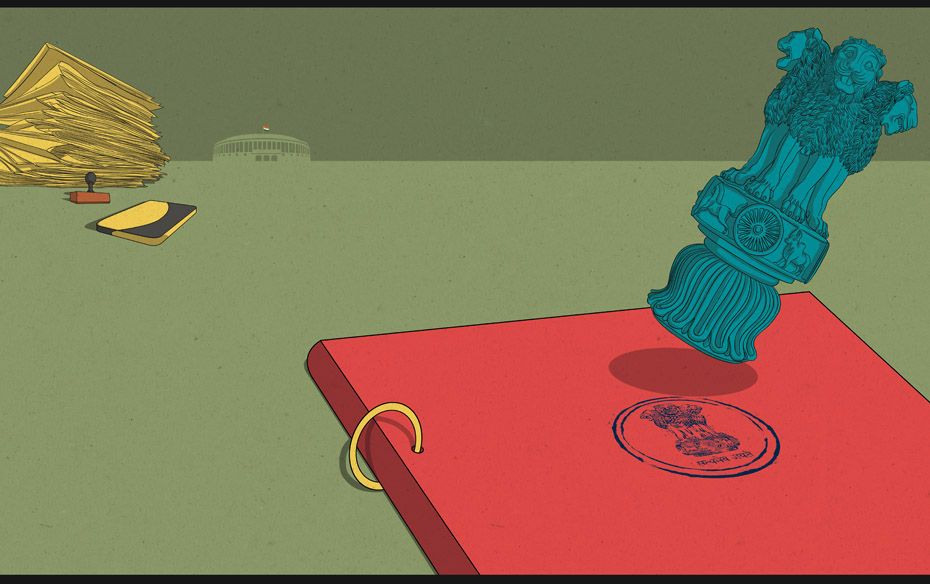
Image by : CHAITANYA DINESH SURPUR
2/10
National Emblem: THE LION CAPITAL
WHY WAS IT MADE A NATIONAL SYMBOL?
The national emblem is an adaptation of the Lion Capital, originally found atop the Ashoka Column at Sarnath, established in 250 BC.The capital has four Asiatic lions—symbolising power, courage, pride and confidence—seated on a circular abacus. To Read More
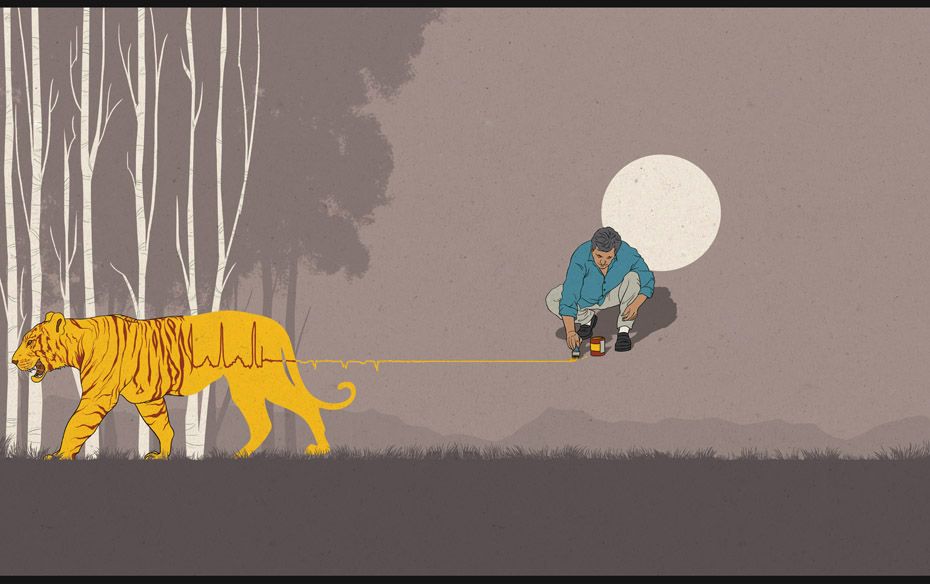
Image by : CHAITANYA DINESH SURPUR
3/10
National Animal: TIGER
WHY WAS IT MADE A NATIONAL SYMBOL?
The tiger, long part of Indian mythology and folklore, was adopted as the National Animal by the Indian Board for Wildlife in 1972. To Read More
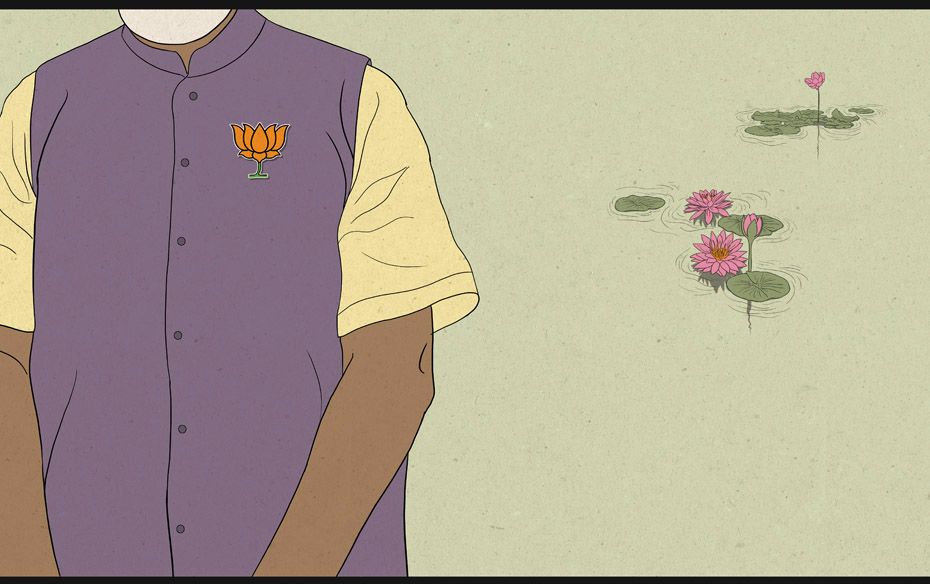
Image by : CHAITANYA DINESH SURPUR
4/10
National Flower: LOTUS
WHY WAS IT MADE A NATIONAL SYMBOL?
“There is hardly any symbolism in Indian poetry, sculpture and painting more extensive than that belonging to the lotus flower and other parts of the plant,” writes Thomas Kintaert in On the Cultural Significance of the Leaf of the Indian Lotus. To Read More
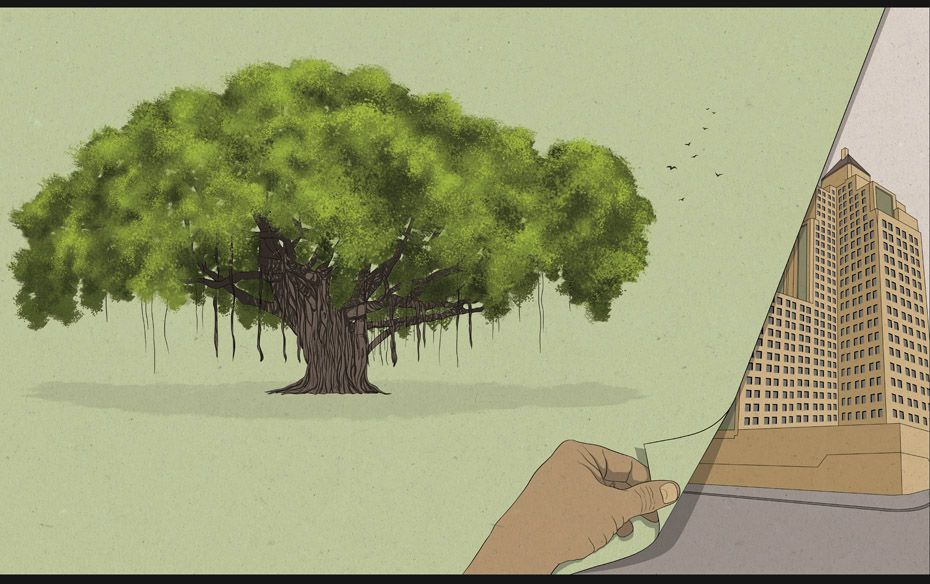
Image by : CHAITANYA DINESH SURPUR
5/10
National Tree: BANYAN
WHY WAS IT MADE A NATIONAL SYMBOL?
Ficus benghalensis, the Indian Banyan, is native to the country and inseparable from its cultural beliefs. The sacred tree is said to be the resting place of Lord Krishna. To Read More
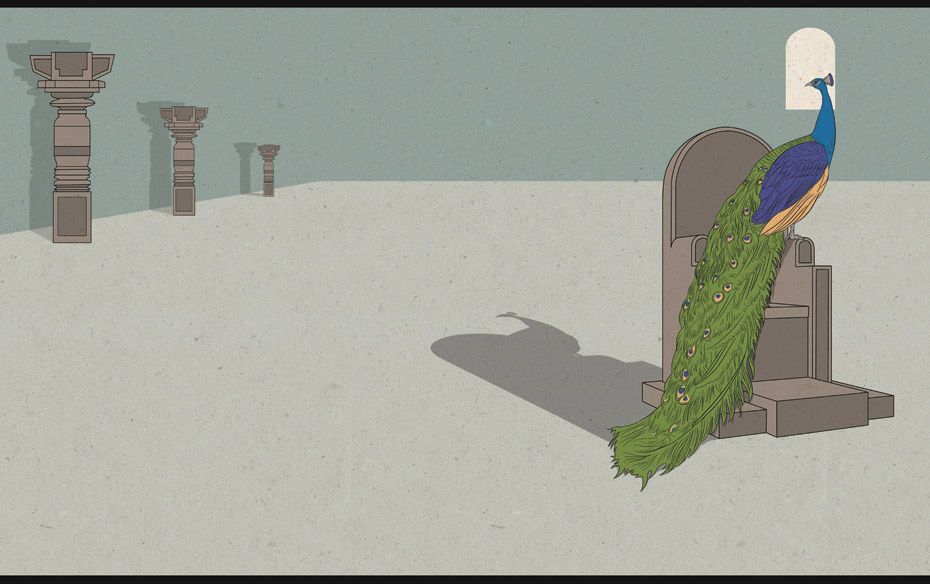
Image by : CHAITANYA DINESH SURPUR
6/10
National Bird: PEACOCK
WHY WAS IT MADE A NATIONAL SYMBOL?
The Indian Peafowl, commonly known as the peacock, was selected as the national bird in 1963. It was chosen from among other contenders—including the Great Indian Bustard, the Sarus crane, the mythical Garuda, and the swan—because of its distribution throughout India. To Read More

Image by : CHAITANYA DINESH SURPUR
7/10
National Aquatic Animal: GANGETIC DOLPHIN
WHY WAS IT MADE A NATIONAL SYMBOL?
In 2009, the Manmohan Singh government notified the Gangetic Dolphin as the national aquatic animal to channel attention and resources towards conserving the species. To Read More
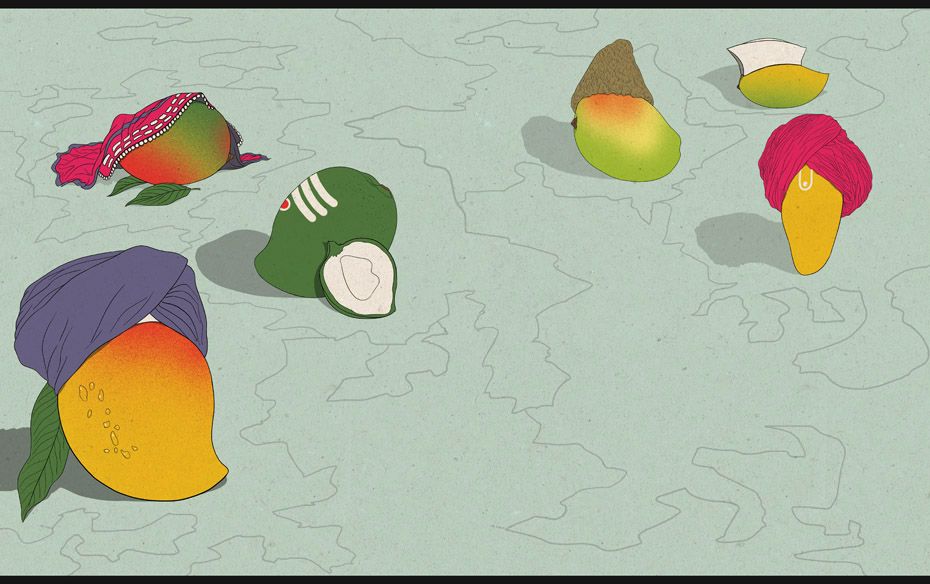
Image by : CHAITANYA DINESH SURPUR
8/10
National Fruit: MANGO
WHY WAS IT MADE A NATIONAL SYMBOL?
“Mangifera indica, or mango, is a very Indian fruit and adapts itself to all kinds of soil conditions—arid, semi-arid, wetlands and so on,” says Atul Sathe, communications manager, Bombay Natural History Society. To Read More
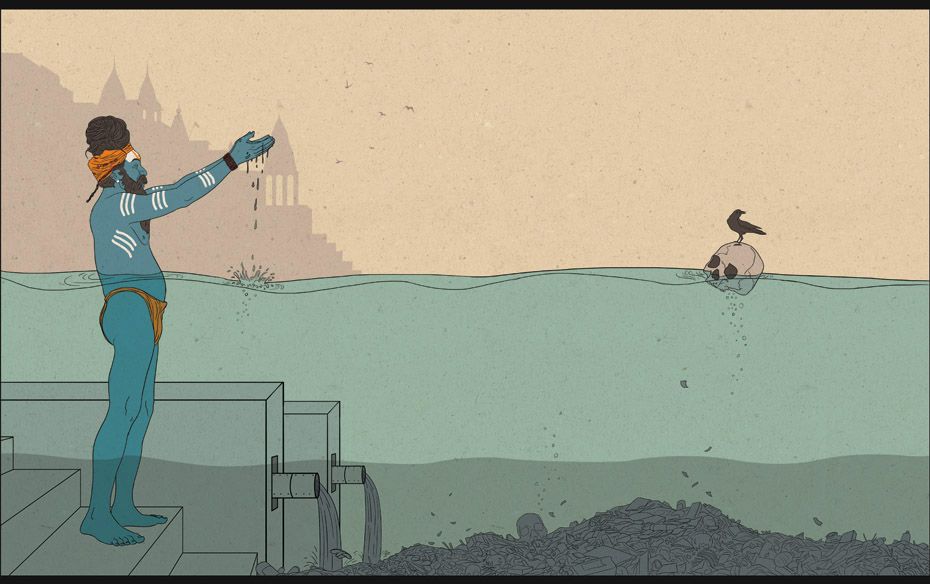
Image by : CHAITANYA DINESH SURPUR
9/10
National River: GANGA
WHY WAS IT MADE A NATIONAL SYMBOL?
The Ganga is India’s longest river (2,525 km) and is considered the holiest of rivers by Hindus. It was declared a national river by Prime Minister Manmohan Singh in 2008 in order to achieve the objectives of the Ganga Action Plan, initiated by PM Rajiv Gandhi in 1985. To Read More
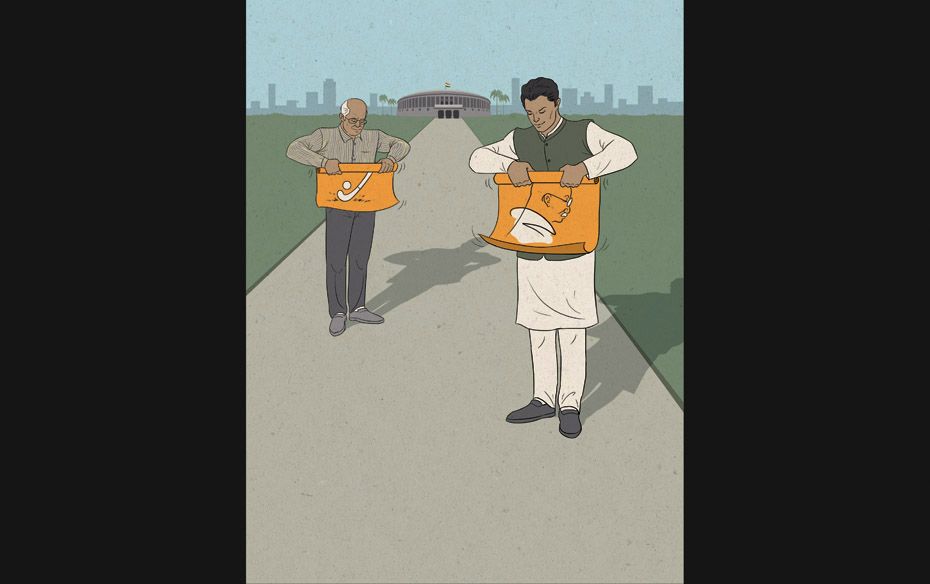
Image by : CHAITANYA DINESH SURPUR
10/10
Not Quite National
Mahatma Gandhi
That man who can be credited with shaping an ideology in post-independent India cannot be dubbed the Father of the Nation. Well, not officially. To Read More